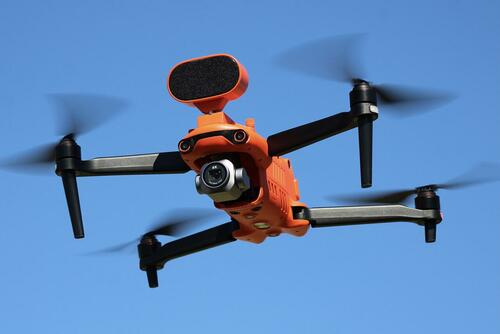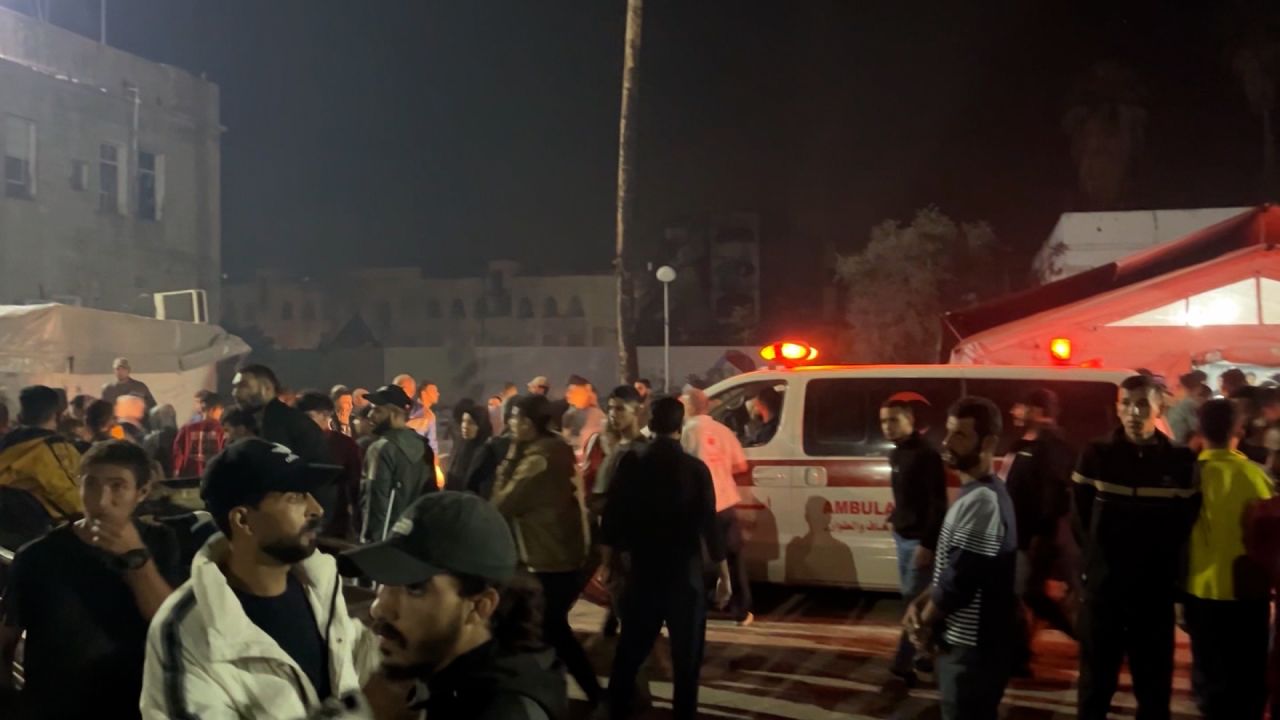Israeli Soldiers Reveal Use of Drones to Target Civilians in Gaza

The Israel Defense Forces (IDF) have been accused of utilizing modified commercial drones to target civilians in Gaza, according to interviews with several soldiers and officers conducted by Israeli investigative journalists. These drones, equipped to drop grenades on unarmed individuals, have reportedly resulted in the deaths of many non-combatants, including children, during operations in the region.
Testimonies from seven soldiers, detailed in reports by +972 Magazine and Local Call, reveal a disturbing pattern of behavior. The soldiers indicated that the IDF employs this tactic to discourage civilians from entering areas deemed off-limits, despite the lack of clear markings to indicate such zones. Each Palestinian casualty in this context has been classified as a “terrorist” in the IDF’s official reports, a characterization the soldiers vehemently dispute.
One soldier, identified as S, claimed he coordinated numerous drone strikes over a 100-day deployment in Rafah, stating that the overwhelming majority of those killed were unarmed civilians. According to him, only two exceptions involved a Palestinian armed with a knife and a single encounter with militants. “It was clear that they were trying to return to their homes — there’s no question,” he explained. “None of them were armed, and nothing was ever found near their bodies.”
The soldier further described the grim reality following these attacks, noting that bodies were often left unattended, sometimes to be scavenged by dogs. “You could see it on the drone footage. I couldn’t bring myself to watch a dog eating a body, but others around me watched it,” he recounted. The chilling nature of these operations extends to the targeting of children, with S. recalling an incident where a boy was killed merely for entering a restricted area.
Another soldier, known as H, corroborated these accounts, stating that the rules of engagement had become alarmingly expansive. “Once a commander defines an imaginary red line that no one is allowed to cross, anyone who does is marked for death,” he said. This included individuals simply walking in the street.
Drones have transformed the approach to combat, enabling soldiers to carry out strikes from several kilometers away. A soldier identified as Y described the detached nature of this technology, likening it to a video game. “You send a drone up 200 meters high, and you can see three to four kilometers in every direction,” he explained. “Then you play with the joystick, see the target, and drop [a grenade]. This technology has made killing much more sterile.”
These modified drones, primarily the EVO models from Chinese manufacturer Autel, are reported to cost around $3,000. In contrast, Israel’s military-grade drones can exceed $2 million. Autel Robotics has publicly stated that it has not supplied any drones for military use in the Israeli region, emphasizing its commitment to non-violence.
The ongoing use of drone strikes against civilians aligns with broader military strategies, including the recent announcement by Israel’s defense minister regarding plans to construct a “humanitarian city” in Rafah. This proposal aims to confine the entire population of Gaza within a controlled area, further raising concerns about human rights violations.
Previous testimonies from IDF soldiers have echoed these alarming claims, highlighting a systematic approach to using lethal force against unarmed Palestinians. Israeli Prime Minister Benjamin Netanyahu has often referred to the IDF as “the most moral army in the world,” yet these accounts present a stark contrast to that assertion.
The combination of drone technology and military tactics raises critical ethical questions about the conduct of armed forces in conflict zones, particularly regarding the protection of civilian lives. As these testimonies emerge, they contribute to an ongoing dialogue about accountability and the humanitarian impact of military operations in contested regions.






